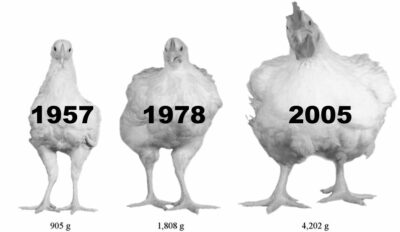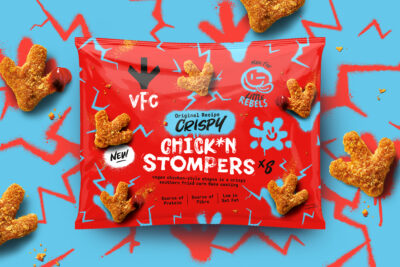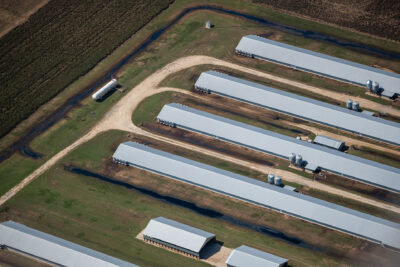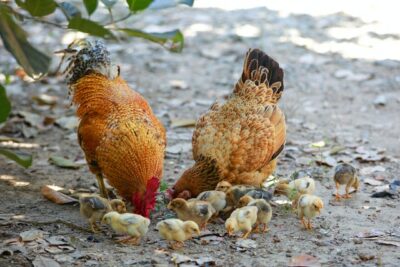When we hear genetically modified organisms (GMOs), we may picture scientists in a lab hovering over a Petri dish, separating DNA and splicing genes. Though this is one way to modify an organism, another is to bring out the particular traits that are considered to be the most desirable through generations of breeding. The latter type of genetic modification is the one most commonly endured by animals farmed for their meat, milk, and eggs. Virtually all farmed animals have been subject to this kind of modification. Chickens raised to be slaughtered for their meat have been bred to grow extremely quickly, while those who are raised to lay eggs have been bred to lay an unnaturally high number of them. In both, the chicken suffers the negative impacts of the generations-long breeding programs.
ARE CHICKENS GENETICALLY MODIFIED?
Modern chickens have primarily been genetically modified (GM) through this selective breeding to maximise specific traits. Though more rare, there have been instances of chickens being genetically modified in labs using gene editing and other techniques to accomplish the desired outcomes more quickly.
The chickens who are incarcerated inside factory farms often fall victim to their own biology, due to years of genetic modification aimed at making them more profitable with little regard to the impact on their welfare. In broiler chickens — those birds who are raised to be slaughtered and have their bodies processed into meat — genetic modification has resulted in birds who grow several times faster than they did in 1925. Chickens now reach more than twice the weight they did 100 years ago in almost half the time. This has severe negative consequences for their health and wellbeing.
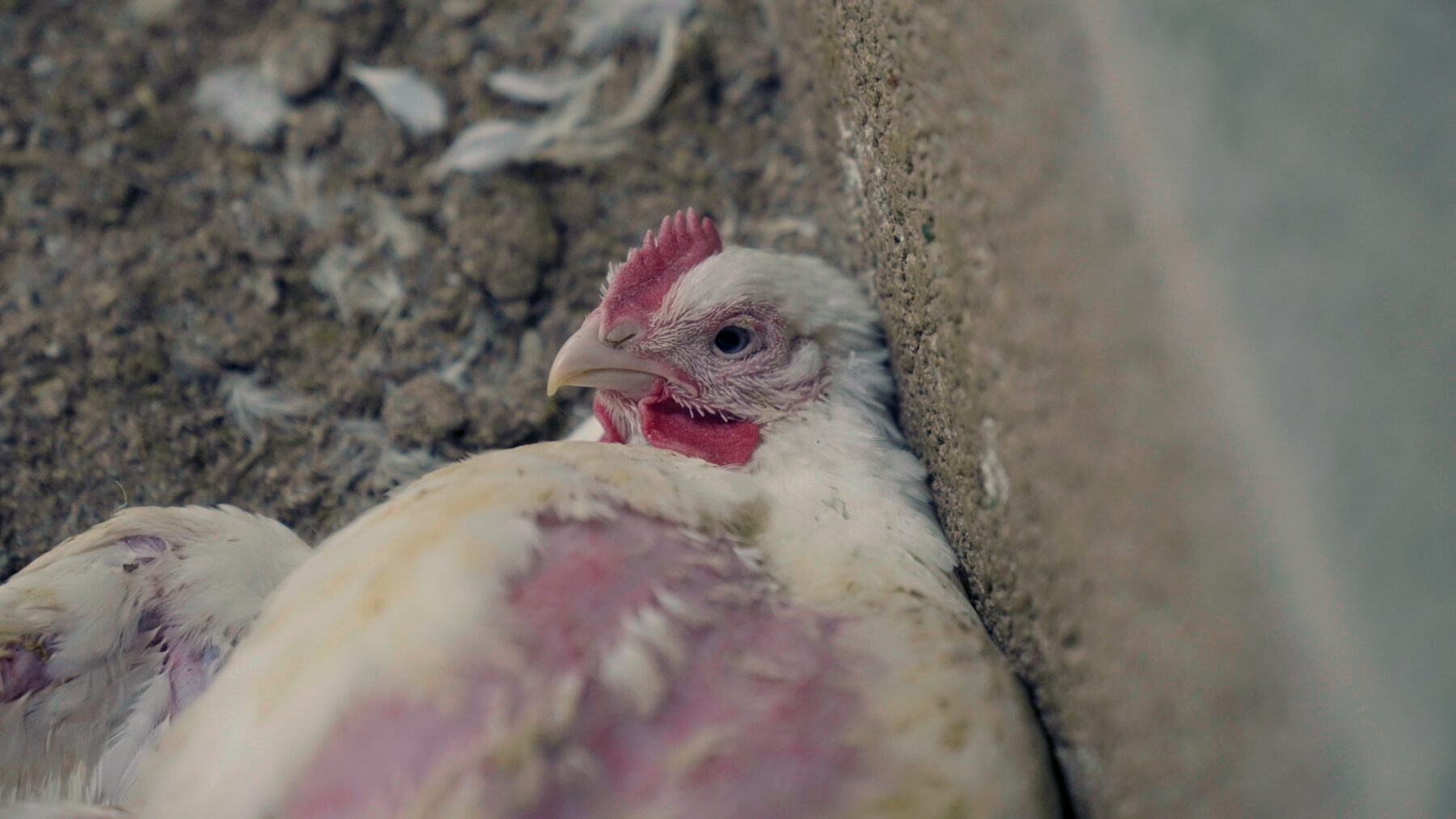
WHAT IS GM IN MEAT?
The genetic modification that is endured by farmed animals who are slaughtered to be processed into meat, including chickens, is typically achieved by intensive and intentional breeding that seeks to increase the traits that are most financially profitable for the industry. This modification has led to chickens who suffer immensely during their short lives. They are generally slaughtered at 42 days old. Although they are still chicks, their bodies have been engineered to balloon up so they look like full-grown birds. This unnatural growth causes the birds to suffer from bone abnormalities, fractures, and lameness, among other conditions. Many birds suffer painful untreated injuries for their whole lives.
WHAT IS A GMO EGG?
Though the eggs that can be purchased in shops have not been genetically modified themselves, the hens who lay them have been. One reason that hens have been genetically modified through breeding is to make them produce hundreds of eggs a year instead of the handful they would naturally lay. The high production of eggs causes bone weakness and breaks because all those eggs require calcium for their shells. There is not sufficient calcium in the birds’ feed to cover this demand, and so the mineral is taken from their own bones. The eggs themselves are also too large. This combined with the fragility of the hen’s skeleton, often leads to bone breakage. Research has suggested that roughly 85 per cent of all egg-laying hens farmed in commercial facilities in Denmark suffer from fractures of their keel bones.
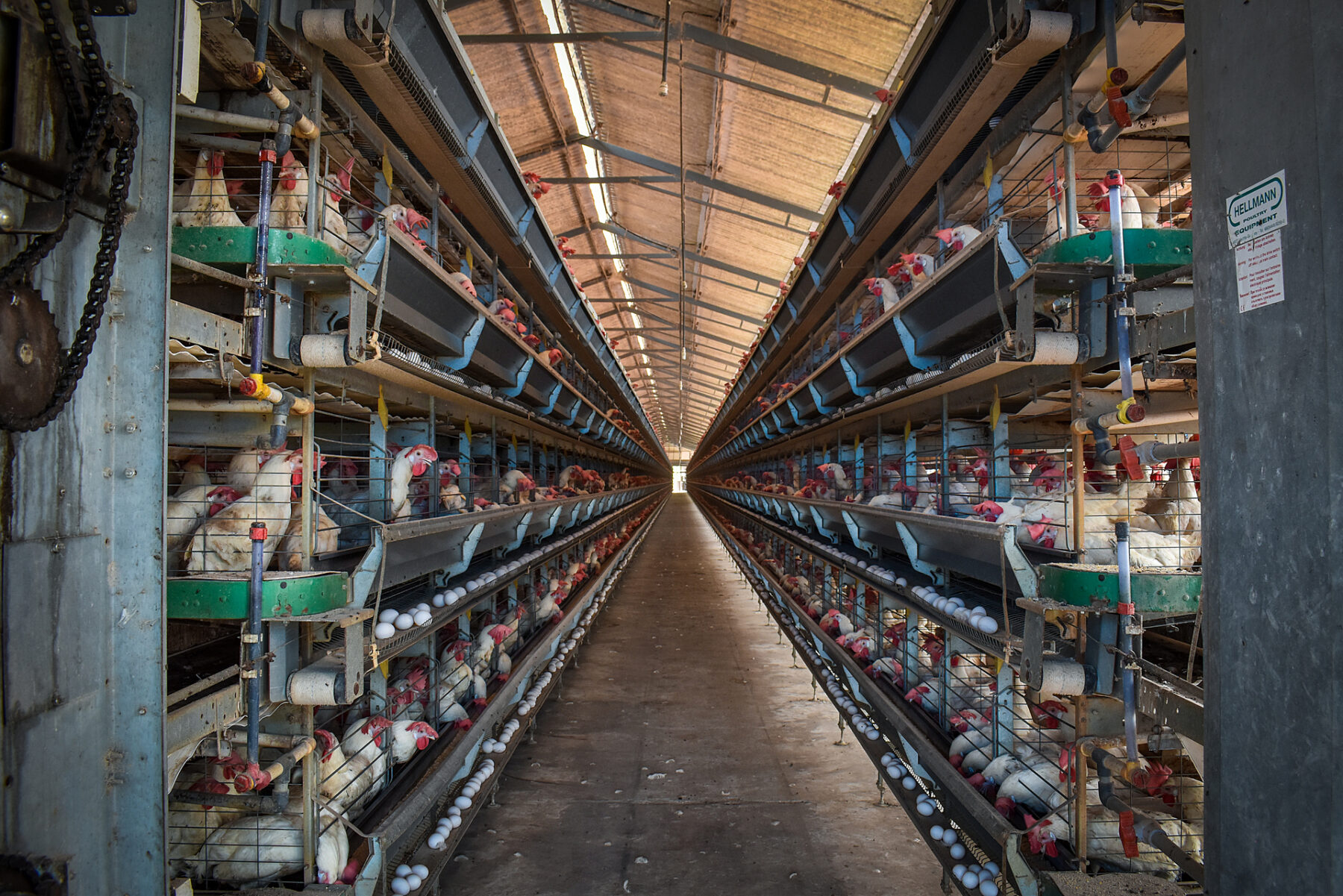
WHICH INGREDIENTS IN CHICKEN FEED ARE GENETICALLY MODIFIED?
Genetically modified corn and soya have been fed to farmed animals, including chickens, fish, dairy cows, and pigs, for decades. In the UK, feed that contains either genetically modified products or their derivatives must be labelled accordingly but it is perfectly legal to feed animals with it.
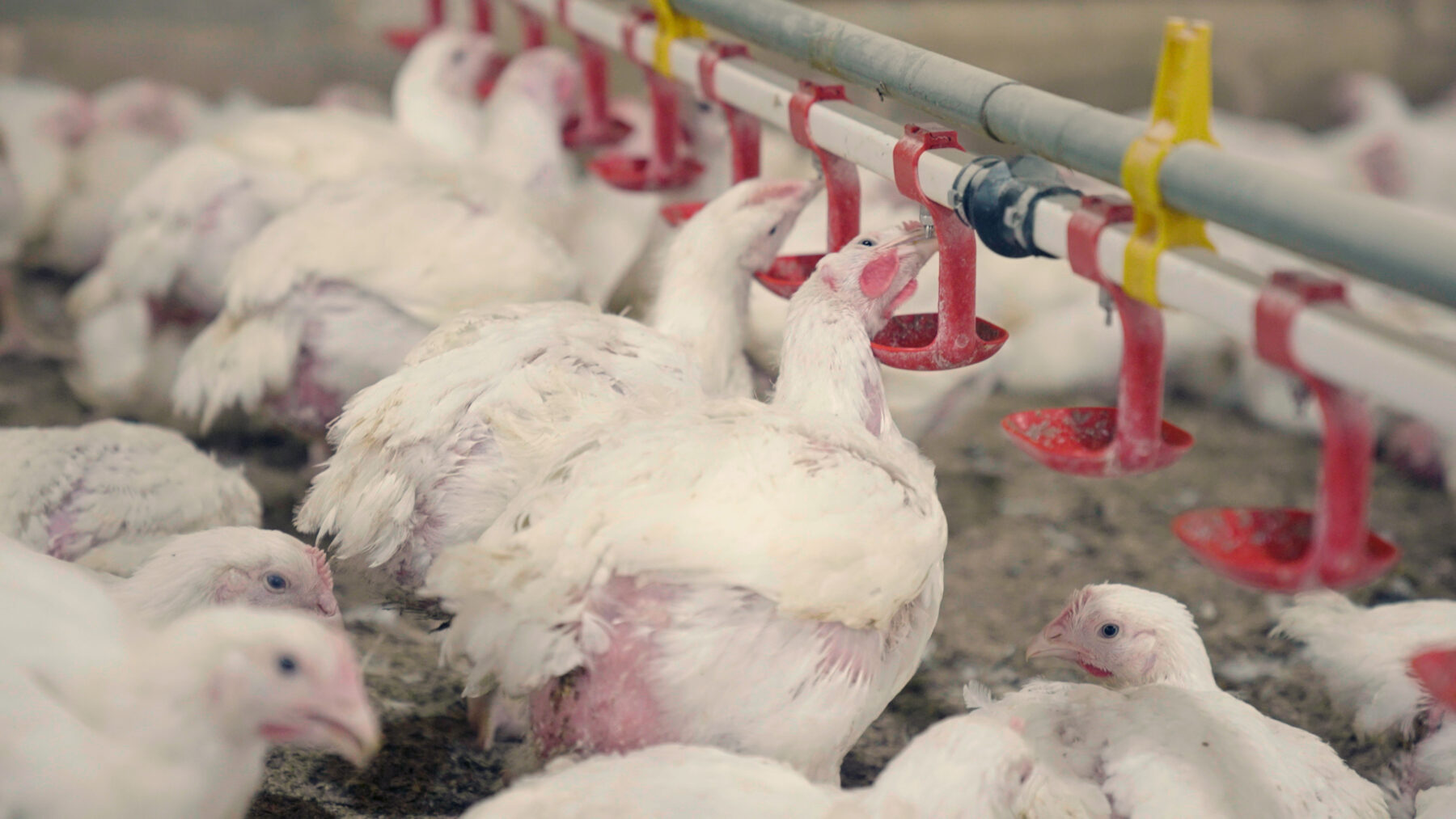
WHAT IS NON-GMO CHICKEN FEED?
Non-GMO chicken feed is made without using any genetically modified organisms. Though not all non-GMO chicken feeds are organic, all organic chicken feeds are non-GMO.
WHAT IS THE DIFFERENCE BETWEEN GMO-FREE AND NON-GMO?
Non-GMO and GMO-free are both labels applied to products to mean that they have been produced completely without items that have been genetically modified. There is no difference.
GMO-FREE
GMO-free labelling indicates that an item has been produced without the use of genetically modified ingredients or items. Research has suggested that consumers find GM-free more straightforward and easy to understand than other labels indicating the same thing.
NON-GMO
In the EU, food is labelled as GMO if it contains more than 0.9 per cent GMO ingredients, and otherwise can be labelled non-GMO. In the US The Non-GMO Project, a third-party certifier, operates the same system. Mandatory GMO labelling in the US has also been rolled out in 2022, while in the EU even more stringent non-GMO labels are being championed by some groups that would also cover the feed given to animals whose meat is sold as non-GMO.
IS GM CHICKEN GOOD FOR YOU?
The fast growth rate of chickens leads to conditions such as white striping. This is a result of the chicken’s body not being able to keep up with its growth rate, leading to stripes of fat being deposited within the layers of muscle. The Humane League conducted an examination of chicken breasts sold in US supermarkets and found that the disease impacts 50 to 96 per cent of fast-growing chickens. This disease increases the overall fat content. But the truth is, there are lots of reasons why chicken meat is not good for you, including it being one of the main causes of food poisoning in the UK.
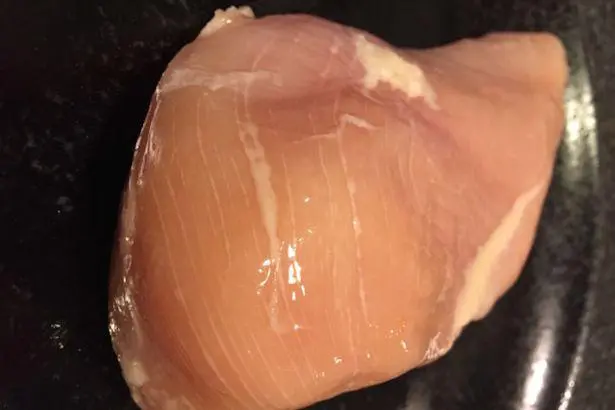
WHAT ARE THE DISADVANTAGES OF GMOS?
The genetic modification through intensive breeding that chickens have endured for years has resulted in their lives being filled with suffering.
BONE ABNORMALITIES
The swift growth that broiler chickens endure as a result of their intensive breeding causes bone abnormalities and fractures. Their bones simply cannot support the rapid weight gain of their bodies.
CARDIOVASCULAR ISSUES
The swift growth also has a severe impact on their hearts. The sheer amount of blood required by the young chickens’ muscles is more than their hearts can push — leading to muscles that are under-oxygenated, and to heart failure.
BREEDING HENS
Though they live longer than their young, the lives of the breeding birds — the animals forcibly bred to produce the birds who are eaten — are also filled with suffering. This strain of bird has been specifically bred to be hungry all the time, which is why they eat so much and grow so fast. Obviously, this has appalling consequences but the industry requires only that these birds live for 42 days. The mother birds, however, are expected to live a lot longer, but they still have that same hunger. If they were allowed to satisfy it, they too would balloon up and be more likely to have broken bones and heart failure. So, to keep them alive and capable of breeding, these mother birds are underfed and kept constantly hungry. This causes immense stress and a greater incidence of aggression.
WHO BENEFITS FROM GMOS?
The only ones benefiting from the intensive breeding of chickens are the corporations that profit financially from bigger birds kept in barren environments. In the UK, the majority of broiler chickens are produced by just five privately held companies: Faccenda, Moy Pork, Cargill, 2 Sisters, and Banham Poultry.
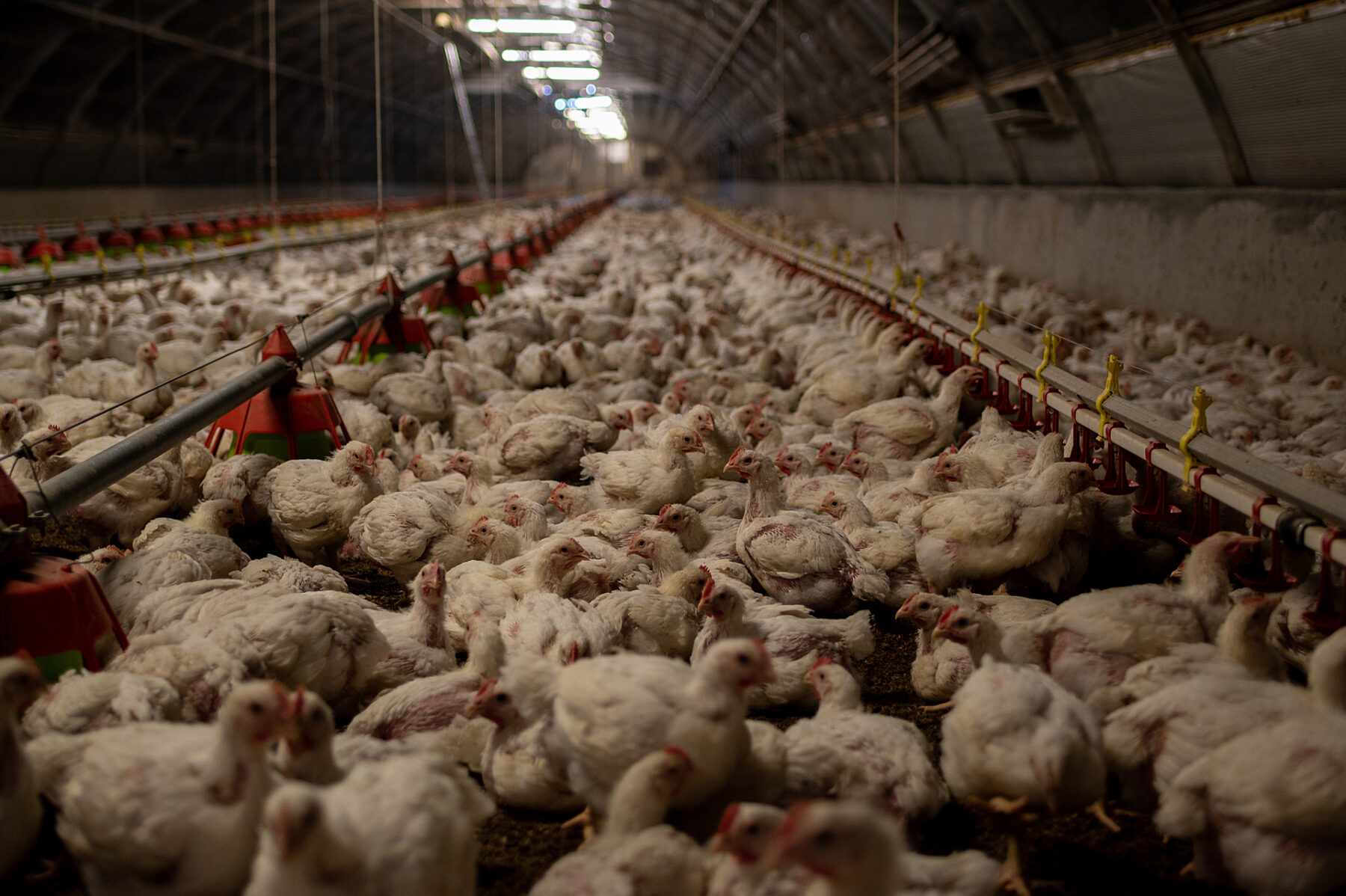
WHICH COUNTRIES USE THE MOST GMOS?
The countries producing the most GMO food items include the United States, Brazil, Argentina, India, and Canada. When it comes to crops, in 2015 approximately 10 per cent of the arable land on the planet was used to cultivate GM crops. This equates to more than seven times the land area of the UK.
WHICH COUNTRIES HAVE BANNED GMOS?
According to GMO Watch, an organisation dedicated to providing information on GMOs, a variety of countries around the world have banned some GMOs. Among them are Bhutan, Turkey, Belize, Peru, and 19 of the EU member states.
SHOULD GM FOOD BE LABELLED AS SUCH?
Countries are steadily moving toward greater labelling of GMO foods. In the UK, any food that is genetically modified itself or contains ingredients that are genetically modified must be labelled as such. However, meat, milk, and eggs taken from animals who have been fed a diet containing GMOs do not need to be labelled as containing genetically modified organisms.
CONCLUSION
GMOs are not always produced in laboratories by scientists. Often, they are animals bred by the farming industry. The reality for these chickens is that millions suffer broken bones, lameness, or heart failure due to the genetics that humans have selected for, all in the name of profit.
Although the industry wants us to believe that animal suffering is not a generalised problem across chicken farms, the reality is that the suffering is literally bred into the chickens. Any chicken who has been raised in an intensive farming operation is likely to have experienced serious pain and poor welfare.
For these reasons and more, many people are now shifting away from consuming chicken products and instead choosing delicious and cruelty-free alternative options. Whether it’s popcorn chick*n for topping a salad, chick*n nuggets to dip into your favourite sauce, or a mouthwatering chick*n sandwich you’re after, companies like VFC are working hard to deliver delicious options, without the suffering.

